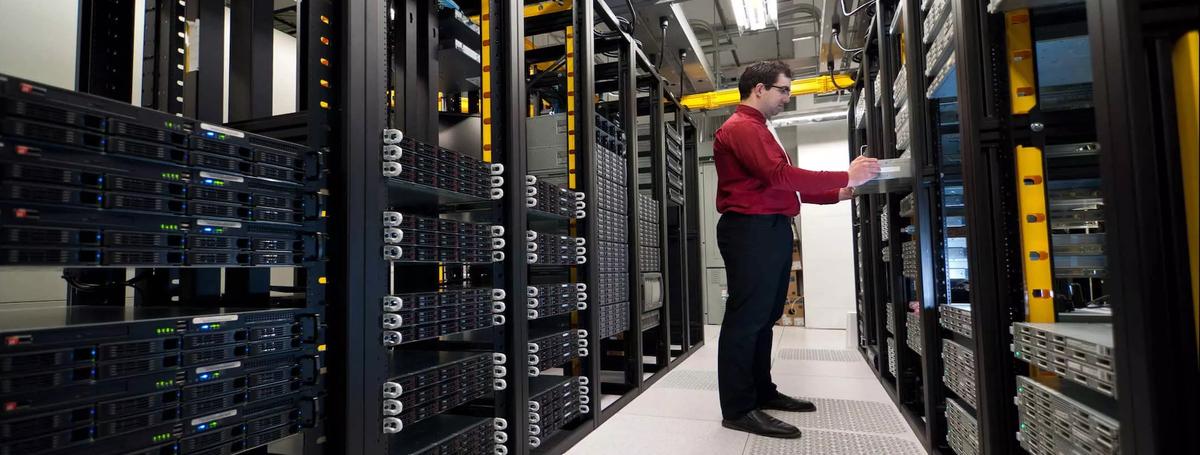For decades organizations sought storage systems that over time become boat anchors as they no longer meet companies requirements for flexibility, growth, performance and management. In fact, we end up looking for ways to migrate data off these old systems, and the cycle continues as we acquire new hardware to replace what has become obsolete. And all along, we’ve had to anticipate growth, many times being reactionary by having to acquire new hardware as new workloads are added to our data centers and operations.
Stating the obvious – traditional siloed enterprise storage is dead. Increasingly it is being replaced by the flexibility of Software-Defined Storage, cloud storage, and a pay as you go approach to storage capacity and growth. I would call it “Service Defined Storage” that plays a significant role in the growth of Infrastructure as a Service – building on the core building block of Software-Defined Storage that has removed the dependency of storage to one hardware platform that gives customers flexibility in storage allocation and management. One only has to look at industry surveys to see that customers want to have a utility-like approach to infrastructure. A few data points demonstrate this:
- 71% of IT leaders in a 2022 Equinix Global Tech Trends Survey (survey of 2,900 respondents) say they are moving to an “Everything as a Service” approach to IT
- IDC predicts that by 2024 over 75% of infrastructure in edge locations will be consumed and/or operated via an as-a-service model as will more than half of datacenter infrastructure.
Over time digital infrastructure providers will replace monolithic storage infrastructure. We already see customers rapidly building a cloud foundational approach to serving up compute and storage services that focus on ubiquitous, frictionless and scalable approaches. This has to happen. The increased use of AI/ML coupled with the adoption of cloud computing is contributing to the transformation of storage from its traditional siloed platform approach.
We at StorONE are seeing more customers asking for a capacity based, pay as you go approach to storage. For several years we have provided customers the option to use capacity based, subscription pricing. We are now extending this approach to allow customers the option of financing their solution to pay as they grow during a committed subscription model of three or five years – making it available as a Storage as a Service (STaaS) option. Also, we launched in September StorMSP, a program that initially targets Managed Service Providers with a flexible, building block approach to building storage services. MSPs will pay a subscription fee based on consumption, and over time grow into the StorONE solution that is sold as an appliance. This same model is available to enterprise and Small & Medium Sized Businesses (SMB) from StorONE.
What makes us different as a Software-Defined Storage platform is our ability to support multiple storage protocols (Block, File, Object) within the same system, as well as the ability to define storage pools using our patent pending Virtual Storage Container technology. Customers can elect to finance the hardware thanks to our partnership with Dell Financial Services. We provide customers a rich set of features for data resilience and security that makes it well suited to deliver a variety of storage services. Add to the equation a highly scalable storage engine that streamlines the storage I/O stack, customers can scale their workloads hosted in the storage environment.
Our Storage as a Service platform puts the Service Defined Storage model in motion. Customers can use our platform to manage service levels for storage services it makes available to its end users, as well as improve the sustainability of their infrastructure investments by reducing the footprint of hardware needed to support these services. This continues the overall trend towards applying an OPEX approach to managing storage – reducing the overall investment in unnecessary hardware by allowing customers to elect for invested investments based on consumption needs — NOT a storage hardware provider’s lock-in strategy that would require customers to buy capacity upfront.
It is time to disrupt how storage is designed in data centers, on the edge and in the cloud with a lego-like design model that will give customers the flexibility to add new storage resources as needed to grow capacity, and only pay for what they use throughout the lifecycle of the solution. Because StorONE is grounded in a software architecture, we will continue to expand support for next generation high performance storage media and industry standard platforms, disrupting the cost economics of the legacy storage market leaders that today bind customers to a single storage silo that doesn’t take into account today’s need for a service approach.




